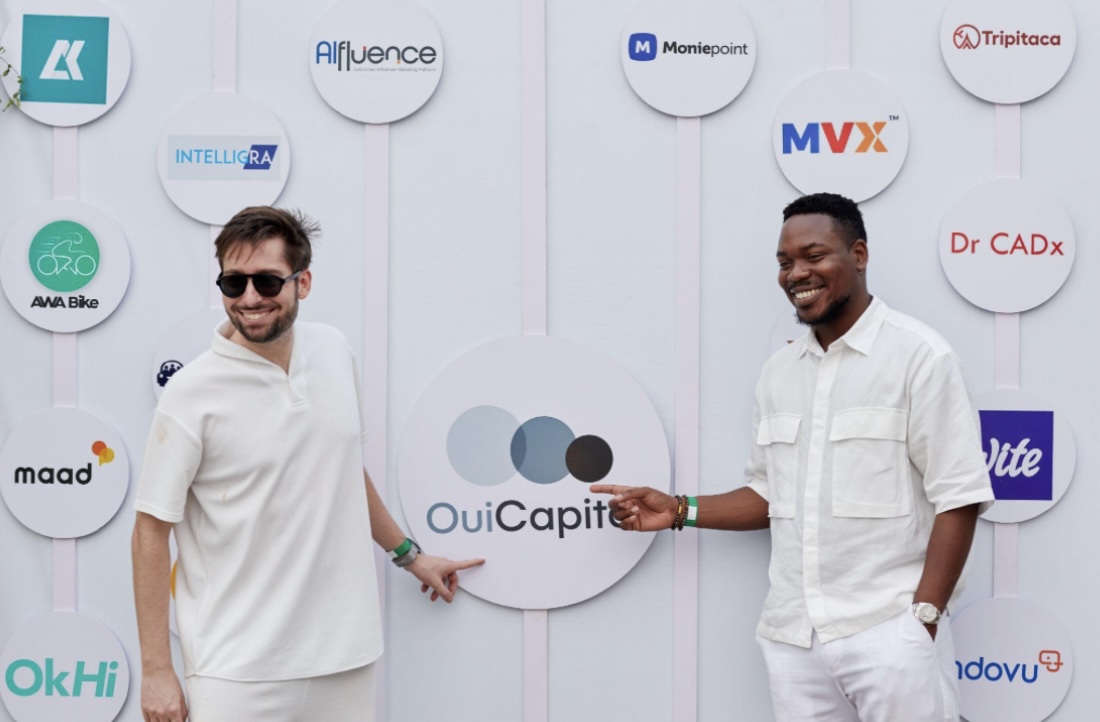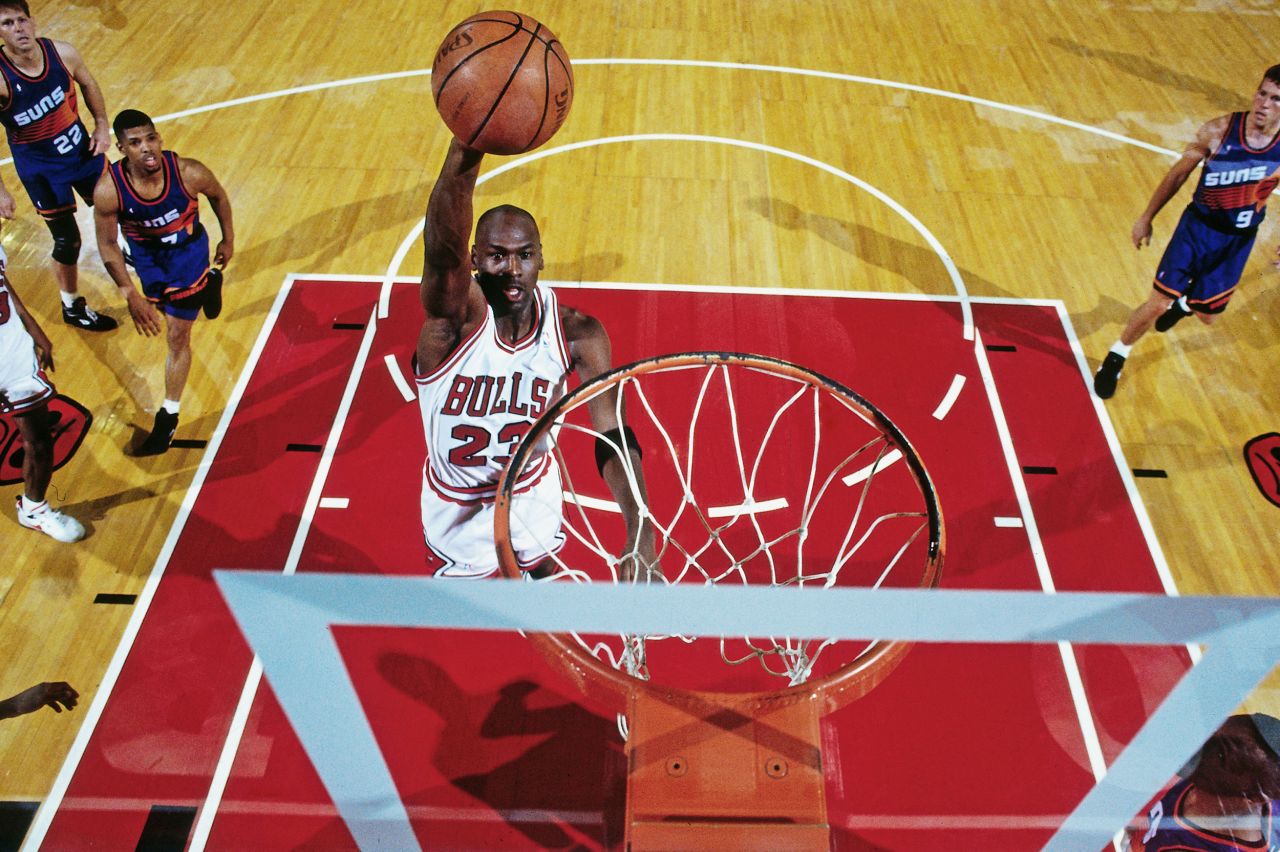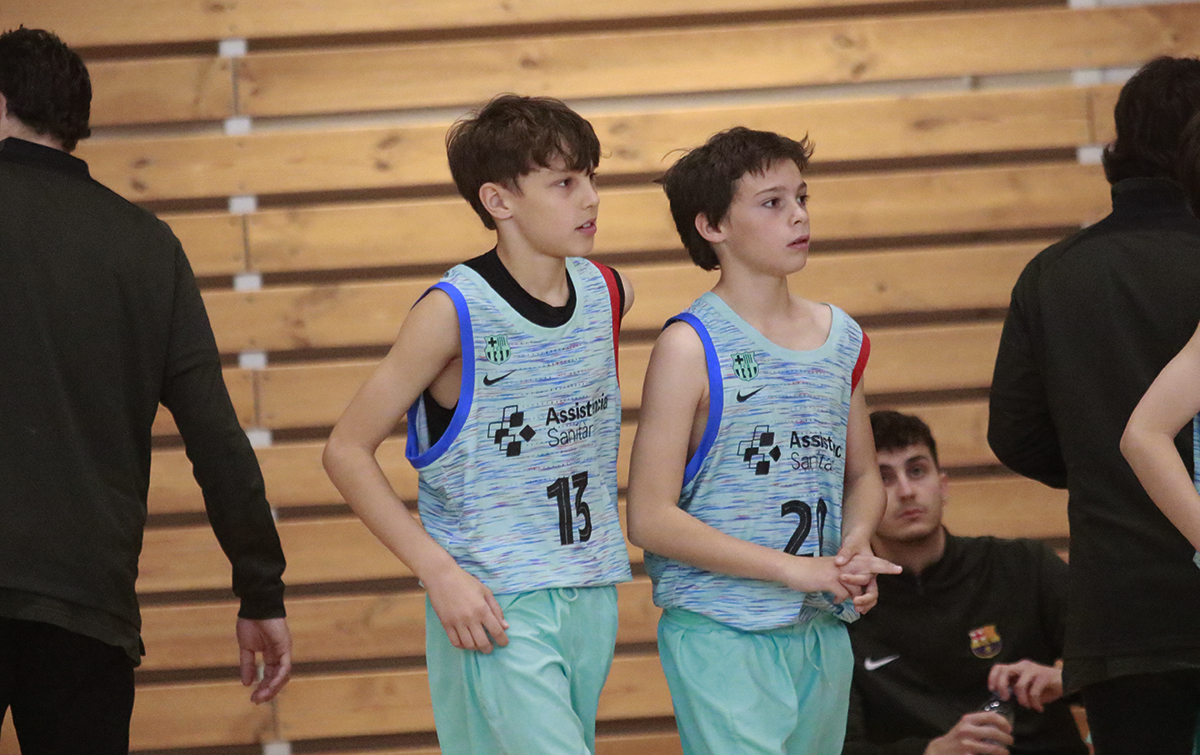The Target Boycott: A Case Study Of Corporate DEI And Consumer Backlash

Table of Contents
H2: Target's Pride Month Collection and the Initial Reaction
H3: The Merchandise and its Controversy
Target's 2023 Pride collection featured clothing and accessories from various designers, including some explicitly geared towards children. The controversy stemmed from certain items, particularly those featuring LGBTQ+ themes and designs considered by some to be overtly sexualized or inappropriate for children. Images circulated widely online showing children's clothing adorned with rainbow-themed designs incorporating suggestive language or imagery.
- Specific examples of controversial items: A children's t-shirt featuring a transgender message, swimwear with suggestive designs, and tote bags promoting LGBTQ+ organizations were among the items that drew the most criticism.
- Designers and their involvement: Several independent designers collaborated with Target on the collection, leading to questions about brand oversight and the selection process. This raises concerns about the vetting process for items aimed at a young audience.
- Target audience (intended and actual): While the intended audience was likely adults and LGBTQ+ individuals, the inclusion of children's items expanded the reach and sparked debate about the appropriateness of these designs for a younger demographic.
H3: Social Media's Role in Amplifying the Backlash
Social media platforms like Twitter, TikTok, and Facebook rapidly amplified negative sentiment surrounding Target's Pride collection. Organized boycotts were announced, spreading rapidly through targeted hashtags and viral posts. These platforms provided a powerful mechanism for the rapid dissemination of negative reviews and coordinated calls for action.
- Key hashtags used: #BoycottTarget, #TargetPride, and #TargetFails were among the most prominent, facilitating the organization and spread of the boycott.
- Examples of viral posts and their reach: Videos and images showcasing controversial items went viral, accumulating millions of views and fueling public outrage. These often played to existing political and social divisions, generating enormous reach.
- Analysis of the narratives used to mobilize the boycott: The boycott successfully leveraged narratives centered around concerns about children's safety, parental rights, and the perceived imposition of LGBTQ+ ideology.
H3: Early Consumer Responses and Initial Sales Data
While precise initial sales figures for the Pride collection remain unavailable publicly, anecdotal evidence and social media feedback suggest a significant negative impact. Customer reviews, initially positive in some sectors, rapidly turned overwhelmingly negative as the boycott gained momentum. Target's early responses were largely defensive, failing initially to de-escalate the situation.
- Sales data (if available): Official sales data regarding the impact of the boycott on Target's overall performance remains undisclosed. However, the significant negative publicity undoubtedly impacted sales.
- Examples of initial customer reviews and comments: Online reviews and social media posts reflected strong feelings, ranging from outrage and accusations of inappropriate marketing to declarations of support for Target’s inclusivity stance.
- Target's early public statements: Early statements from Target were met with criticism for perceived defensiveness and lack of acknowledgment of consumer concerns.
H2: The Boycott's Organization and Participation
H3: Key Players and Motivations
The boycott wasn’t centrally organized but rather organically emerged from a confluence of individuals and groups. Key players included conservative commentators, religious groups, and individuals expressing concerns about the appropriateness of the merchandise for children.
- Key individuals/groups involved: Various influential conservative voices on social media and news platforms played a crucial role in amplifying the message and coordinating the boycott. Many cited religious objections as their primary motivation.
- Their stated reasons for the boycott: Concerns ranged from alleged sexualization of children to accusations of forced LGBTQ+ ideology.
- Analysis of the political spectrum involved: The boycott largely involved individuals and groups from the political right, united by their opposition to what they perceived as LGBTQ+ activism in corporate marketing.
H3: The Spread and Reach of the Boycott
The boycott was geographically widespread, reaching beyond initial online hubs and gaining traction in various regions across the US. The demographic makeup of participants appears to skew towards those with conservative social and political views.
- Geographic areas most impacted: The boycott impacted Target stores across the US, though the intensity likely varied regionally.
- Demographics of boycott participants (if available): Data is limited but suggests the boycott's participants predominantly held socially and politically conservative views.
- Comparison of engagement across platforms: While various platforms played a role, the boycott’s organization and reach was heavily reliant on Twitter and other platforms that cater to right-leaning audiences.
H3: The Boycott's Tactics and Strategies
The boycott utilized a multi-pronged approach, combining online actions with offline protests. Online campaigns leveraged targeted hashtags, viral content, and the organization of boycotts on social media platforms. Some organized in-store protests and calls to contact management and local representatives.
- Specific tactics employed: This involved online petitions, targeted social media campaigns, and even in-store protests at various Target locations.
- Effectiveness of each tactic: The online campaigns proved highly effective, driving massive reach and mobilizing significant consumer action.
H2: Target's Response and the Long-Term Impact
H3: Target's Official Statements and Actions
Following the initial backlash, Target issued statements attempting to address concerns. They did not apologize directly but emphasized their commitment to inclusivity. The company ultimately pulled some of the controversial items from its shelves, though not all.
- Dates and content of official statements: Target's statements attempted to balance support for inclusivity with sensitivity to consumer concerns but faced criticism for lacking a clear plan.
- Actions taken in response to the boycott: Target reacted by removing some items from shelves and potentially adjusting its approach to marketing similar products in the future.
- Analysis of the effectiveness of their response: The response was widely perceived as being too little, too late by many, and only partially addressed the source of the controversy.
H3: Financial Impact of the Boycott
The full financial impact of the Target boycott remains uncertain. While Target's overall financial performance didn't experience a drastic downturn, the impact on its stock price experienced a slight dip during the boycott, indicating some negative financial effect from the lost sales and damaged reputation.
- Financial data (if available): While specific financial breakdowns linked directly to the boycott are not publicly available, stock prices and potential sales decreases indirectly indicate financial impact.
- Long-term impact on stock price: The stock price recovered, but the event served as a reminder of the potential financial risks associated with controversial marketing campaigns.
- Qualitative assessment of brand reputation damage: The boycott undoubtedly damaged Target's brand reputation, particularly among a significant segment of consumers.
H3: Lessons Learned for Corporate DEI Strategies
The Target boycott offers crucial lessons for businesses implementing DEI initiatives: thorough market research, nuanced messaging, and preemptive crisis communication planning are vital.
- Recommendations for effective DEI communication: Companies must engage in thorough research to understand the potential audience reaction before launching campaigns.
- Strategies for mitigating potential consumer backlash: Proactive communication, careful consideration of messaging and imagery, and a crisis management plan are crucial.
- Best practices for navigating controversial issues: Companies must foster inclusive environments and understand the potential for diverse reactions before launching sensitive marketing campaigns.
3. Conclusion
The Target boycott serves as a cautionary tale illustrating the potential pitfalls of corporate DEI initiatives and the unpredictable nature of consumer response. While embracing inclusivity is crucial, navigating sensitive issues requires careful planning, transparent communication, and understanding potential backlash. This case highlights the critical role of social media, the diversity of consumer opinions, and the need for adaptable, well-considered DEI strategies. Further research into the long-term effects is needed, but the Target boycott clearly demonstrates the need for businesses to develop robust strategies for navigating potentially controversial initiatives and managing brand reputation effectively. Learning from the Target boycott is essential for companies to avoid future occurrences of a similar Target boycott and to successfully balance inclusive business practices with a strong brand image.

Featured Posts
-
 Michael Jordan Fast Facts And Key Moments
May 01, 2025
Michael Jordan Fast Facts And Key Moments
May 01, 2025 -
 Vilniaus Savo Vardo Turnyras Mato Buzelio Reakcija Ir Tyla
May 01, 2025
Vilniaus Savo Vardo Turnyras Mato Buzelio Reakcija Ir Tyla
May 01, 2025 -
 Nhl Shootout Thriller Fiala Leads Kings Past Stars
May 01, 2025
Nhl Shootout Thriller Fiala Leads Kings Past Stars
May 01, 2025 -
 Bkpm Rp3 6 Triliun Investasi Ditargetkan Di Pekanbaru Pada Tahun Ini
May 01, 2025
Bkpm Rp3 6 Triliun Investasi Ditargetkan Di Pekanbaru Pada Tahun Ini
May 01, 2025 -
 Meet Remember Monday The United Kingdoms Eurovision 2025 Act
May 01, 2025
Meet Remember Monday The United Kingdoms Eurovision 2025 Act
May 01, 2025
